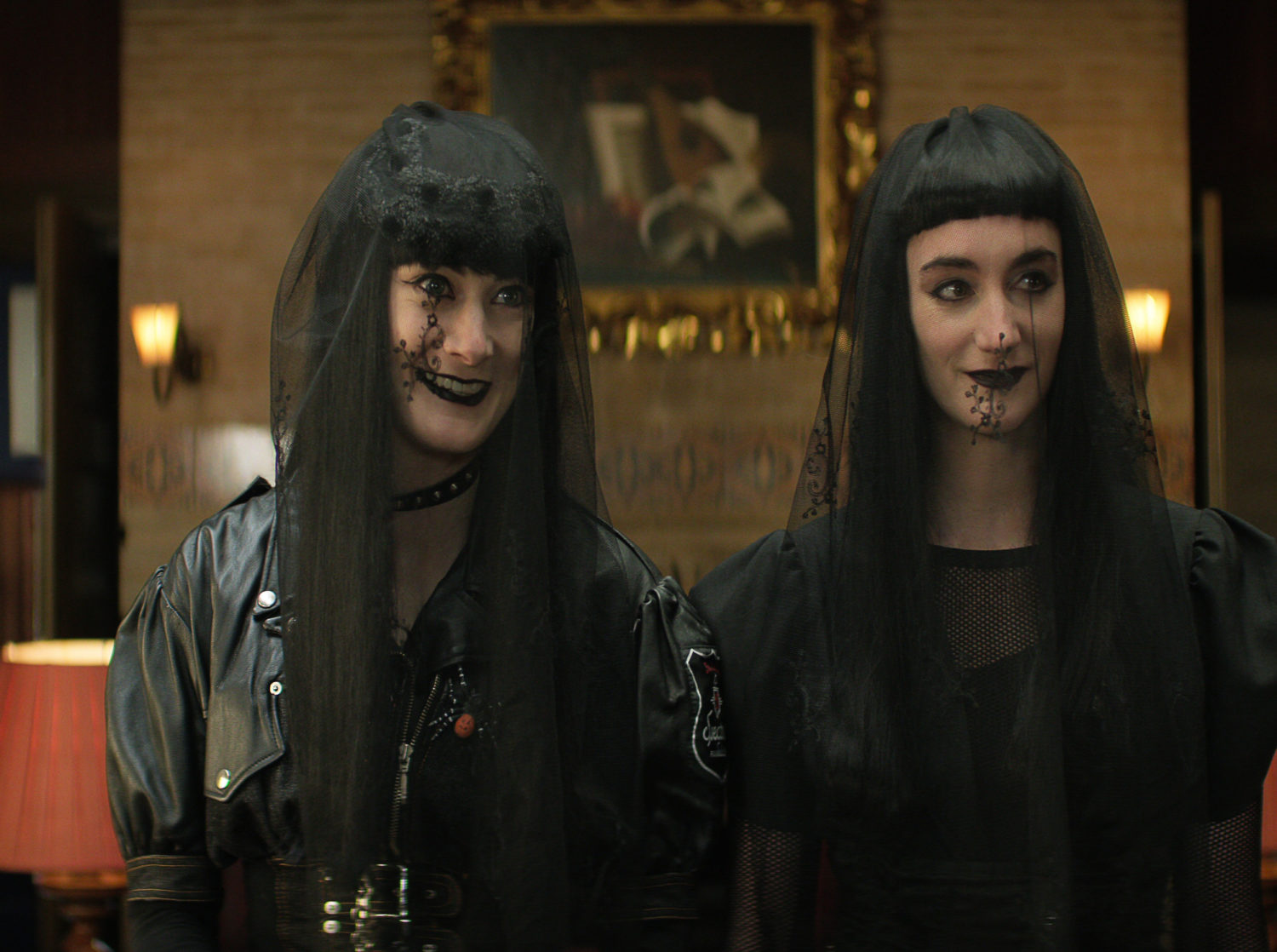 After spending decades toiling in development hell, Netflix has resurrected Neil Gaiman and Sam Kieth’s The Sandman– a notoriously “unfilmable” comic from the annals of the DC archive. The result is a full-fledged odyssey that soars on the small screen and should bring a sinister smile to any Gaiman fan or lover of the dark fantasy genre.
After spending decades toiling in development hell, Netflix has resurrected Neil Gaiman and Sam Kieth’s The Sandman– a notoriously “unfilmable” comic from the annals of the DC archive. The result is a full-fledged odyssey that soars on the small screen and should bring a sinister smile to any Gaiman fan or lover of the dark fantasy genre.
When it debuted in 1989, The Sandman comic was something special. It was a far cry from the spandex superheroes that overflowed from comic store shelves. It had a gothic brooding anti-hero who seemed to speak directly to outcasts who donned black leather and lace. The main character was inspired directly by Bauhaus frontman Peter Murphy, according to Gaiman. Its appeal was more Cure than Captain America, more Siouxsie than Spider-Man… you get the idea. The book had a musical quality and practically smelled of Clove cigarettes.
In both the comic and the adaptation, the story follows Morpheus, aka Dream, the Endless, aka the Sandman– the lord over all dreams and stories. A son of Time and Night, he and his siblings (which include Death, Desire, and Despair) are known as the Endless. Sometime in the early 1900s, Morpheus is captured by an amateur magic user who didn’t fully understand the implications of depriving the world of its dreams. Escaping a century later, the Dream Lord must rebuild his kingdom and reclaim the tools that were taken from him.
The series does an admirable job with the adaptation, which is high praise for a streaming service known to butcher the some comics (cough–Death Note–cough.) At times, the series lifts comic panels scene for scene, word for word. Still, the series merges, alters, and shifts several of the key storylines and characters to keep the action rolling, making Morpheus’s realm seem more alien than transcendent or ethereal. This creates a compelling binge as it allows the story to be devoured a bit easier, but unfortunately, it removes some of the darker and more immersive dream-like qualities that made the comic so exceptional.

Daisy Badger and Cara Horgan in episode 7 of THE SANDMAN. (Courtesy Netflix © 2022)
Netflix adaptation turns its back on the goth roots of the original material, but it does embrace its dark heart via its casting. Sandman could find no finer Morpheus than Tom Sturridge, who completely embodies the Dream character and brings him to life, conveying his darkness as he personifies him as more than just a doleful figure lurking in the smoking section of a Christian Death concert. He is a flesh and blood realization of Gaiman’s cult figure in all his dramatic and despondent glory.
As for the story, it might take most viewers two or three episodes to find its bearings, but once the world building sets its foundation, the heavy lifting begins. The standout episodes are five and sixth, after which the series is catapulted into another sphere. The fifth episode “24/7” takes place in a diner when John uses Morpheus’s Dream Ruby on the poor patrons who just wanted a mouthful of greasy food, but get an earful of painful truth instead.
The sixth episode “The Sound of Her Wings” embraces the duality of life and death, with Dream wandering the globe with his sister Death on “Bring You Brooding Brother To Work Day” as she lifts his spirits. The second half of this one explores a bromance for the ages. It would not be an exaggeration to state that the episode is one of the best hours of television this year.
In the end, Netflix’s The Sandman leaves viewers with a wildly imaginative and beautifully crafted series. It doesn’t quite come close to the genius of the original source material, but it’s close and it’s wonderfully fun to watch for completely different reasons, giving it an experiential validity all its own.
>
Editor’s note: The disclaimer below refers to advertising posts and does not apply to this or any other editorial stories. LA Weekly editorial does not and will not sell content.
Advertising disclosure: We may receive compensation for some of the links in our stories. Thank you for supporting LA Weekly and our advertisers.

